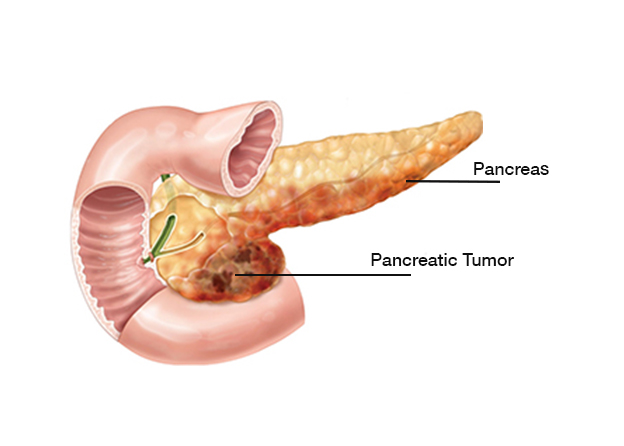
Pancreatic Necrosectomy
Pancreatic necrosectomy is a surgical procedure performed to remove dead or necrotic tissue from the pancreas. It is typically indicated in cases of severe acute pancreatitis or pancreatic necrosis, which occurs when a portion of the pancreas undergoes tissue death due to inflammation, infection, or inadequate blood supply.
Why and when is it done
The procedure is done for several reasons:
- To treat infected Pancreatic necrosis, Pancreatic necrosectomy is performed to remove the infected tissue and control the infection.
- Severe acute pancreatitis with pancreatic necrosis can lead to persistent symptoms such as severe abdominal pain, organ failure, gastrointestinal obstruction, or pseudocyst formation. Pancreatic necrosectomy is performed to alleviate symptoms, prevent further complications, and improve overall outcomes.
- Failure of conservative management to provide adequate relief and control
- Pancreatic necrosis can lead to various complications, Pancreatic necrosectomy aims to remove the necrotic tissue and reduce the risk of these complications
- Pancreatic necrosectomy is performed with the goal of improving patient outcomes and promoting the healing and recovery of the pancreas.
Benefits of Pancreatic Necrosectomy
The benefits of pancreatic necrosectomy include:
- Infection control
- Pancreatic necrosectomy aims to alleviate these symptoms, leading to improved quality of life.
- Pancreatic necrosectomy reduces the risk of complications created by Necrosis
- Removing the necrotic tissue allows for better healing of the pancreas and surrounding structures.
- Improved long-term outcomes
- Potential for minimally invasive approaches for faster recovery and quick healing
Risks associated with Pancreatic Necrosectomy
Like any surgical procedure, cystogastrostomy carries certain risks and potential complications.
These can include:
- Infection
- Infection
- Pancreatic Fistula formation
- Injury to surrounding structures during the procedure
- Postoperative complications like fluid collection, infection or hernias
- In severe cases of pancreatic necrosis, the overall function of the pancreas may be compromised
- Pancreatic necrosectomy is associated with a significant risk of mortality,
How is the procedure performed
The procedure involves the following steps:
- General anesthesia is administered to for a pain free procedure
- An incision is made in the abdominal wall to access the pancreas and to expose the affected area of the pancreas and identify the necrotic tissue.
- The dead or necrotic tissue is removed from the pancreas. This can involve various techniques, including manual dissection, irrigation, suction, and use of specialized instruments
- After removing the necrotic tissue, drains may be placed to help remove any remaining fluid or debris from the area. Irrigation with saline solution or other fluids may also be performed to cleanse the area and prevent infection.
- Once the necrosectomy is complete, the incisions are closed with sutures or staples, and appropriate wound & post operative care is provided.
